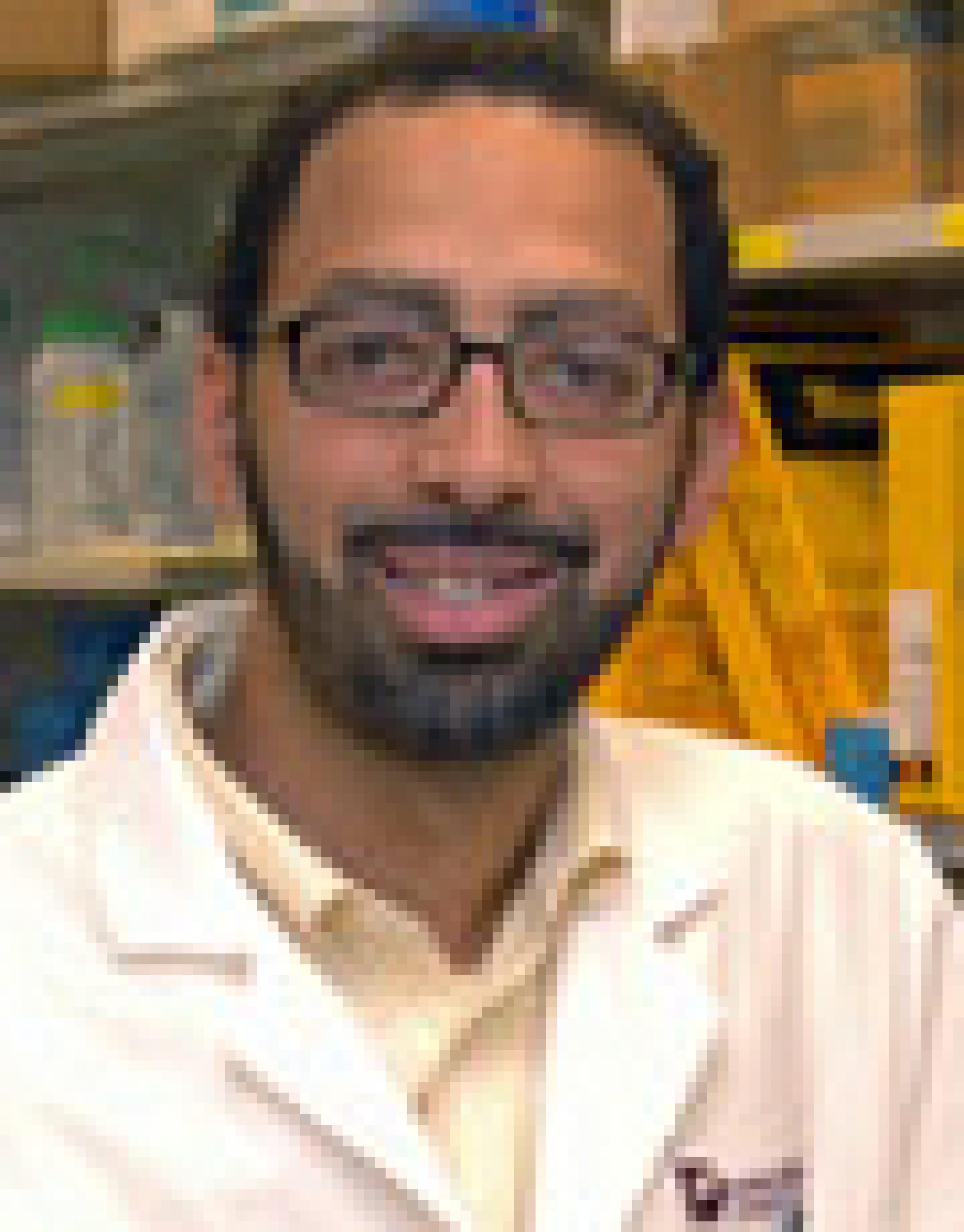Levi Garraway

Levi Garraway admits melanoma was not on his radar screen when he started in research. He began his research career studying prostate cancer when his father was diagnosed and ultimately died of the disease about a decade ago. However, the sometimes serendipitous nature of research can catalyze new opportunities. “I became interested in melanoma because one of the first major observations that we had in the lab ended up being highly relevant to melanoma. At that time there was an urgent need to do the kinds of research I was doing in melanoma, and it was also clearly an unmet medical need,” he says. Garraway ultimately created a large research program in melanoma, which has now become his lab’s focus. Garraway leads several large cancer genome efforts, and this research has accelerated the identification and validation of several genes and cellular pathways involved in melanoma and other cancers. These results have the potential to lead to new targets for drug development.
Garraway is an Associate Professor of Medicine in the Department of Medical Oncology at Harvard Medical School/Dana-Farber Cancer Institute and Senior Associate Member of the Broad Institute of Harvard and MIT. He received his M.D. and Ph.D. degrees from Harvard Medical School in 1999. Thereafter, he completed his internship and residency in Internal Medicine at the Massachusetts General Hospital, where he also served as Medical Chief Resident in 2003. He received fellowship training in medical oncology at the Dana-Farber Cancer Institute. A rising star in cancer research, Garraway has received several honors and awards, including a first prestigious New Innovator Award from the National Institutes of Health, which supports promising early career scientists with exceptionally innovative research ideas.
Garraway is a leading investigator in several MRA funded Team Science Awards. One of these, a project with Michael Weber, Ph.D. and Dan Gioeli, Ph.D. at the University of Virginia Cancer Center, focuses on gene silencing techniques to search for the most effective combinations of drugs to kill melanoma cells. Another, with David Hoon, Ph.D. at the John Wayne Cancer Institute, and David Fisher, M.D., Ph.D. at Massachusetts General Hospital, is characterizing subtypes of melanoma and using this knowledge to design new therapies. He says MRA’s team science mechanism is beneficial for two reasons: “It creates an incentive for people to work together who might otherwise never have the opportunity, and it supports the kind of research that, if it comes to fruition, could be highly impactful in the field.”
Optimistic about the future of melanoma research, Garraway says, “There is a certain subset of melanoma where we can start thinking about the right therapeutic combination to give us a durable response and maybe even a cure.” This subset is the approximately half of patients whose melanoma expresses a mutant form of the BRAF gene. Last year, a new drug, called vemurafenib (Zelboraf), was approved for these patients. He says to even be able to talk about a cure of melanoma is a huge advance in the field. Garraway believes the other area that requires the most attention going forward is the other half of melanoma cases, for which there are still no effective options for patients. He attributes recent progress in the field to be the result of organizations like MRA. “MRA provides the ability to have rapid catalytic funding in areas that are likely to impact the clinic. This is something one can do in melanoma that wasn’t doable before. MRA has brought the scientific community together in a special way,” he says.








